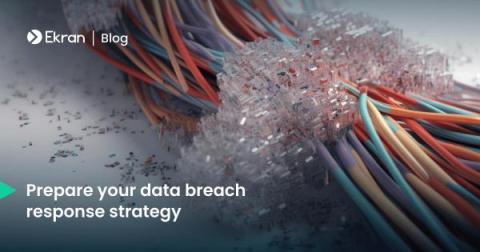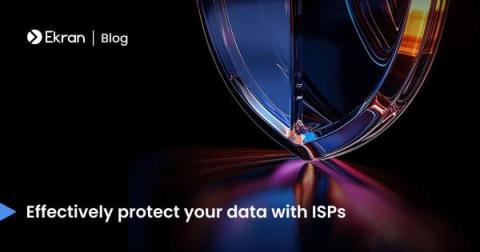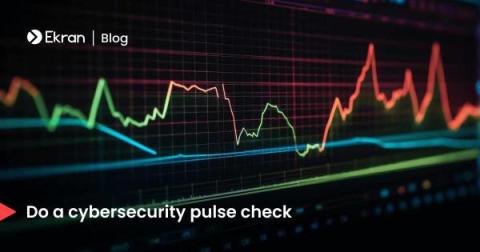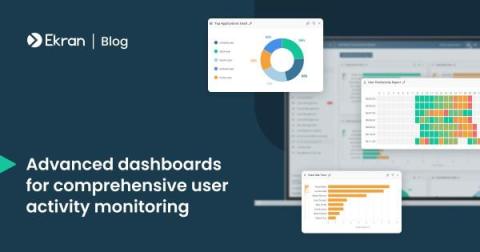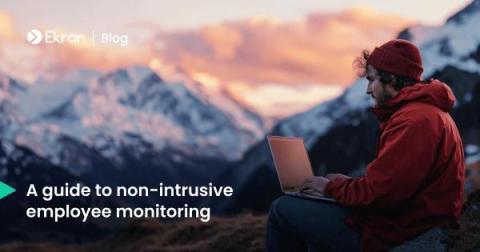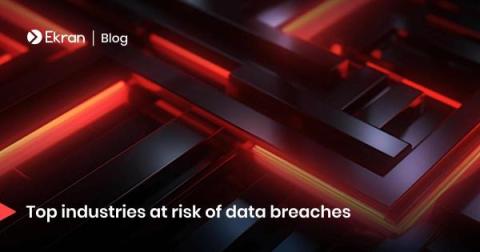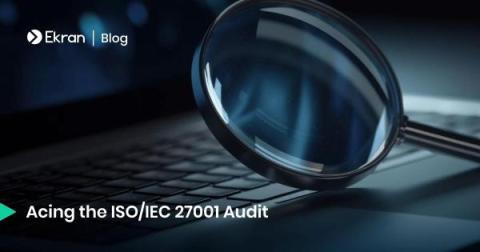Top 10 Best-Known Cybersecurity Incidents and What to Learn from Them
Negligent or malicious behavior by those who have legitimate access to your systems can be more devastating to your company than the efforts of outside attackers. The 2023 Cost of Insider Risk Global Report by the Ponemon Institute shows that cybersecurity incidents caused by insiders through negligence, credential theft, and malicious intent had an average cost per incident of $505,113, $679,621, and $701,500, respectively.



